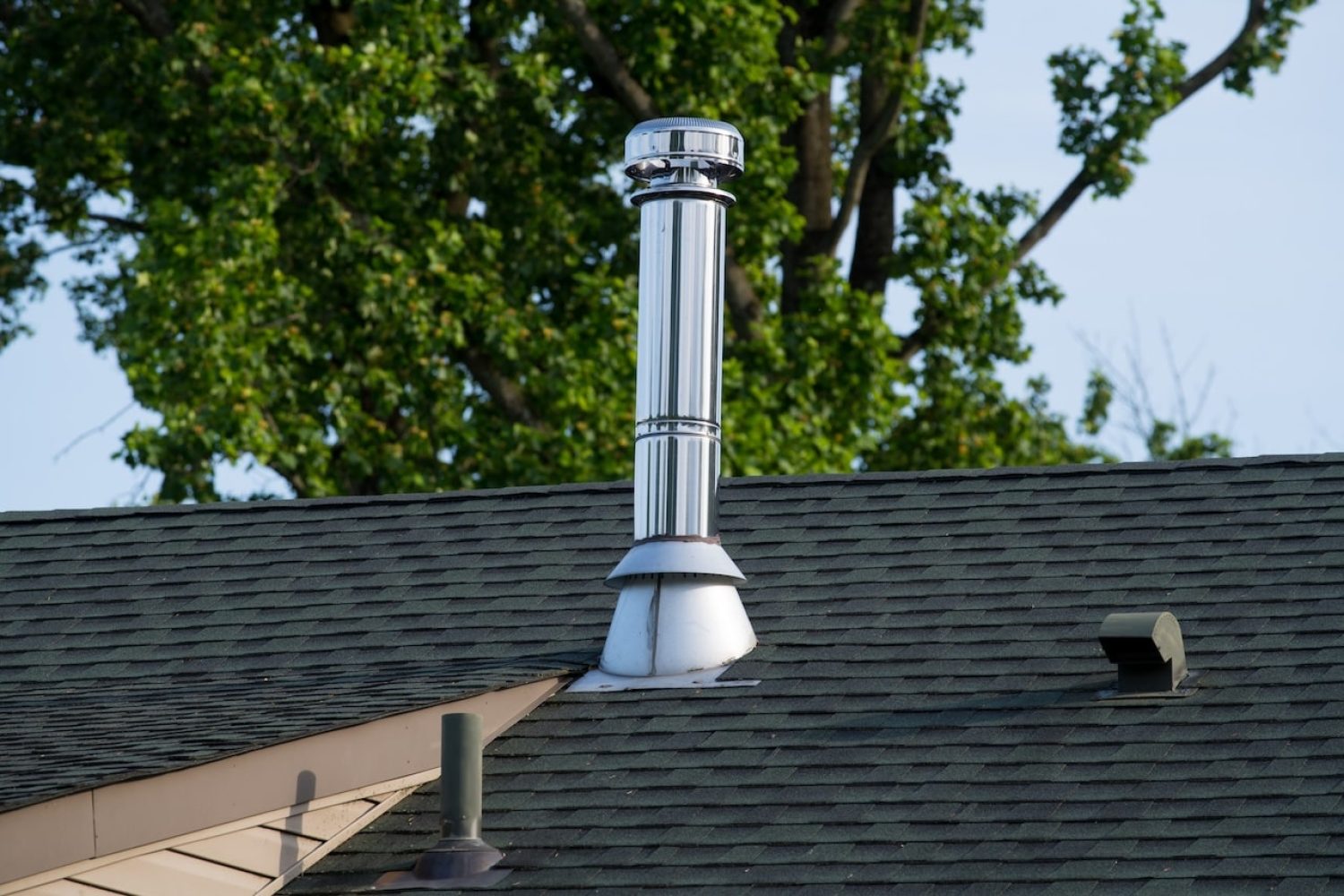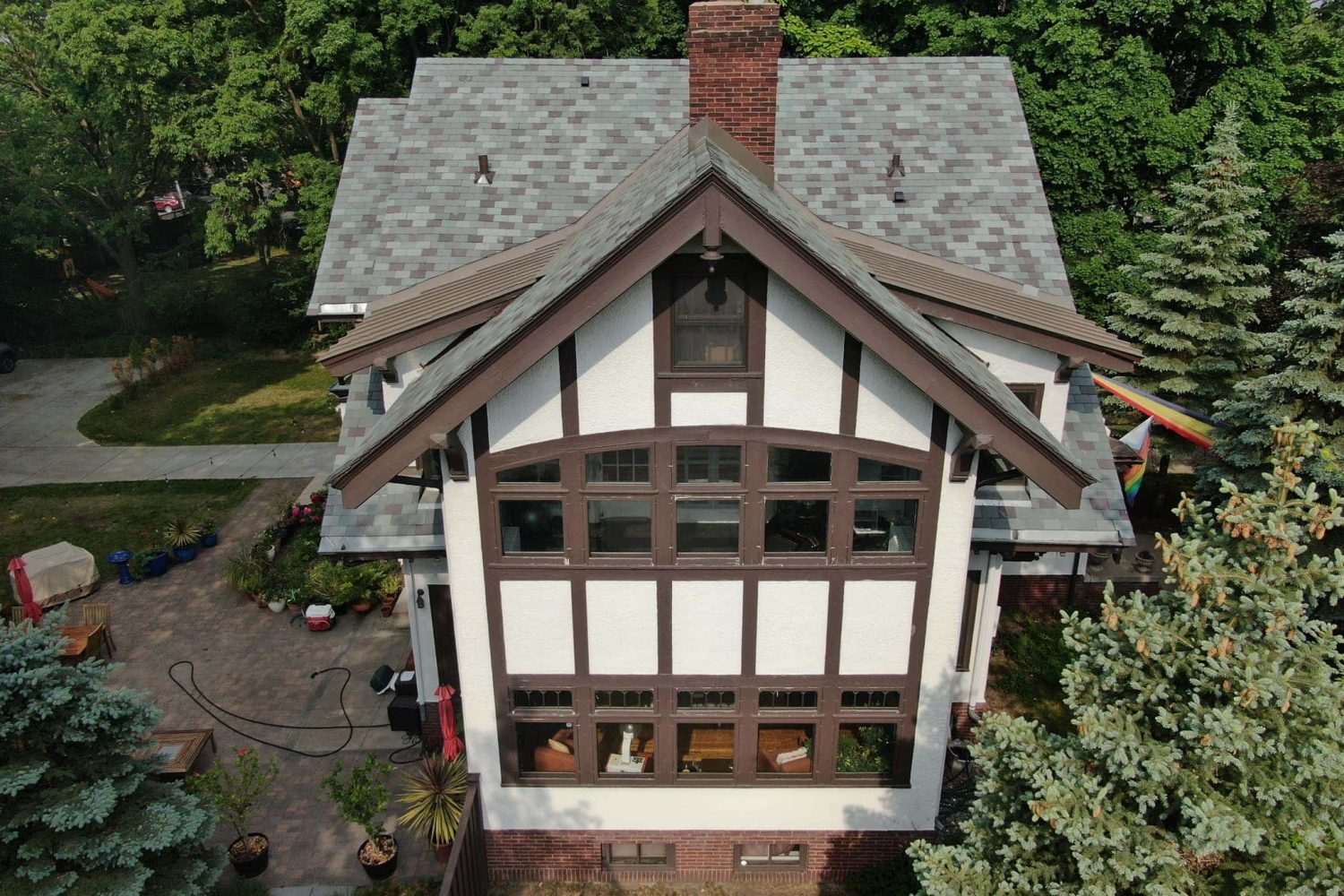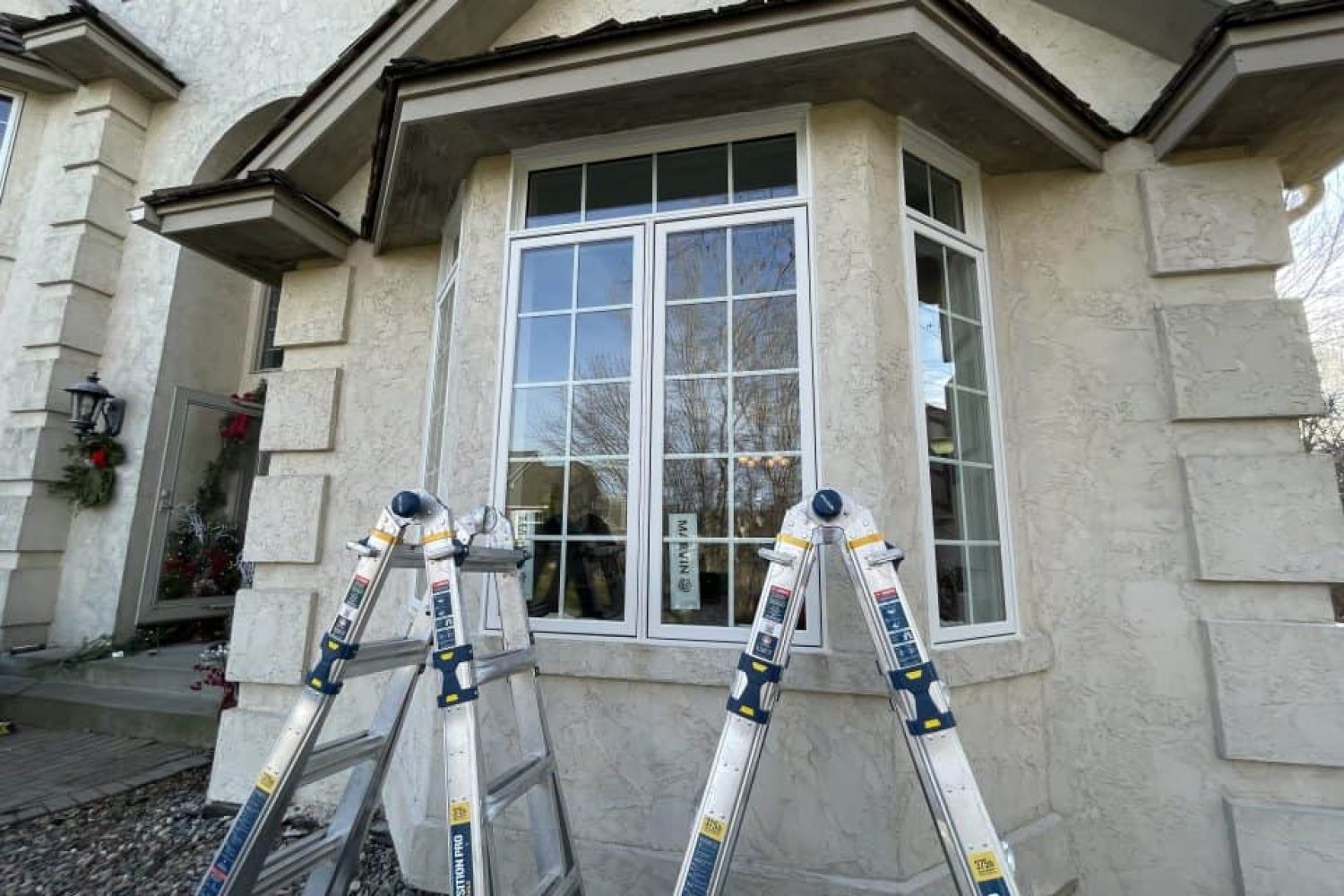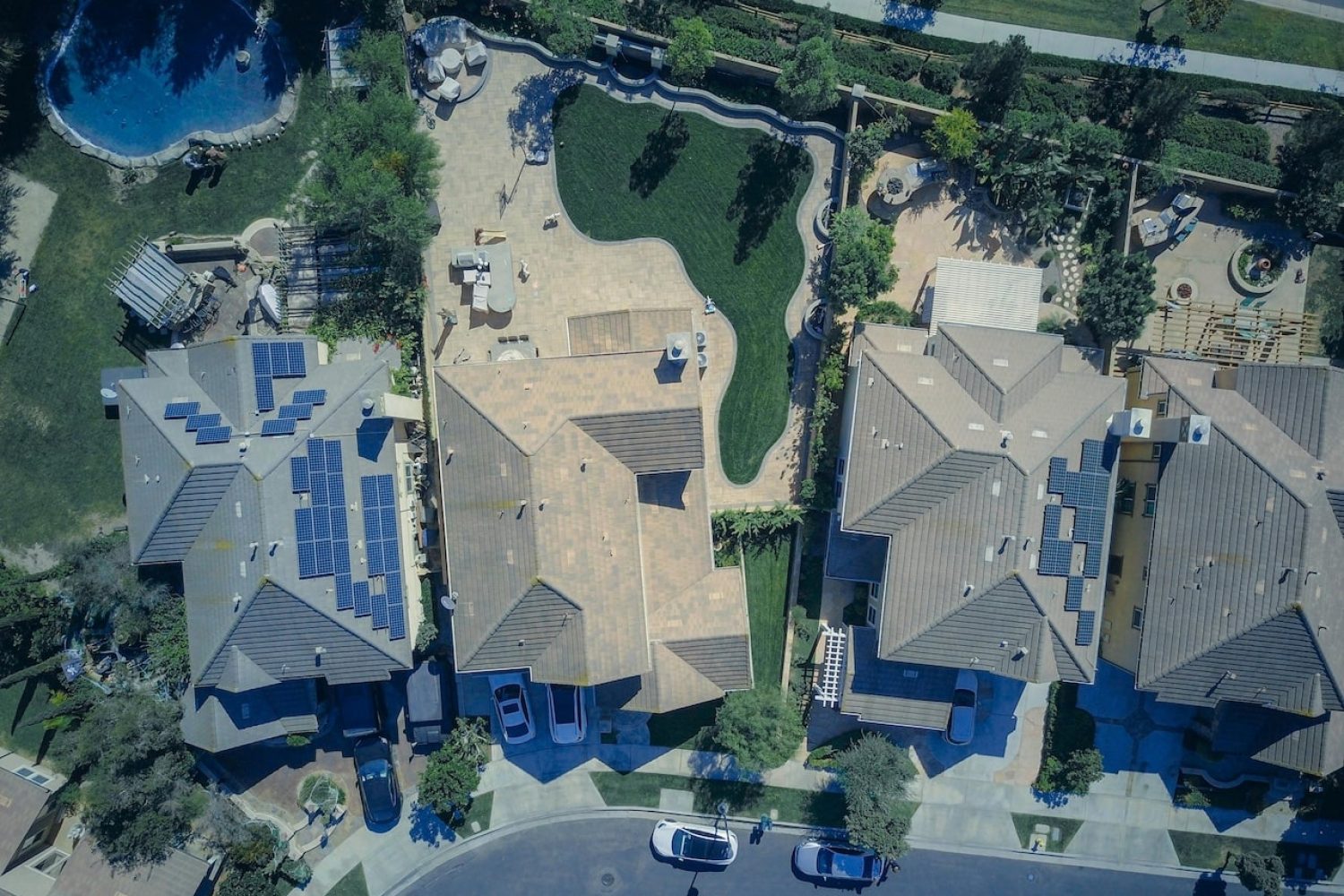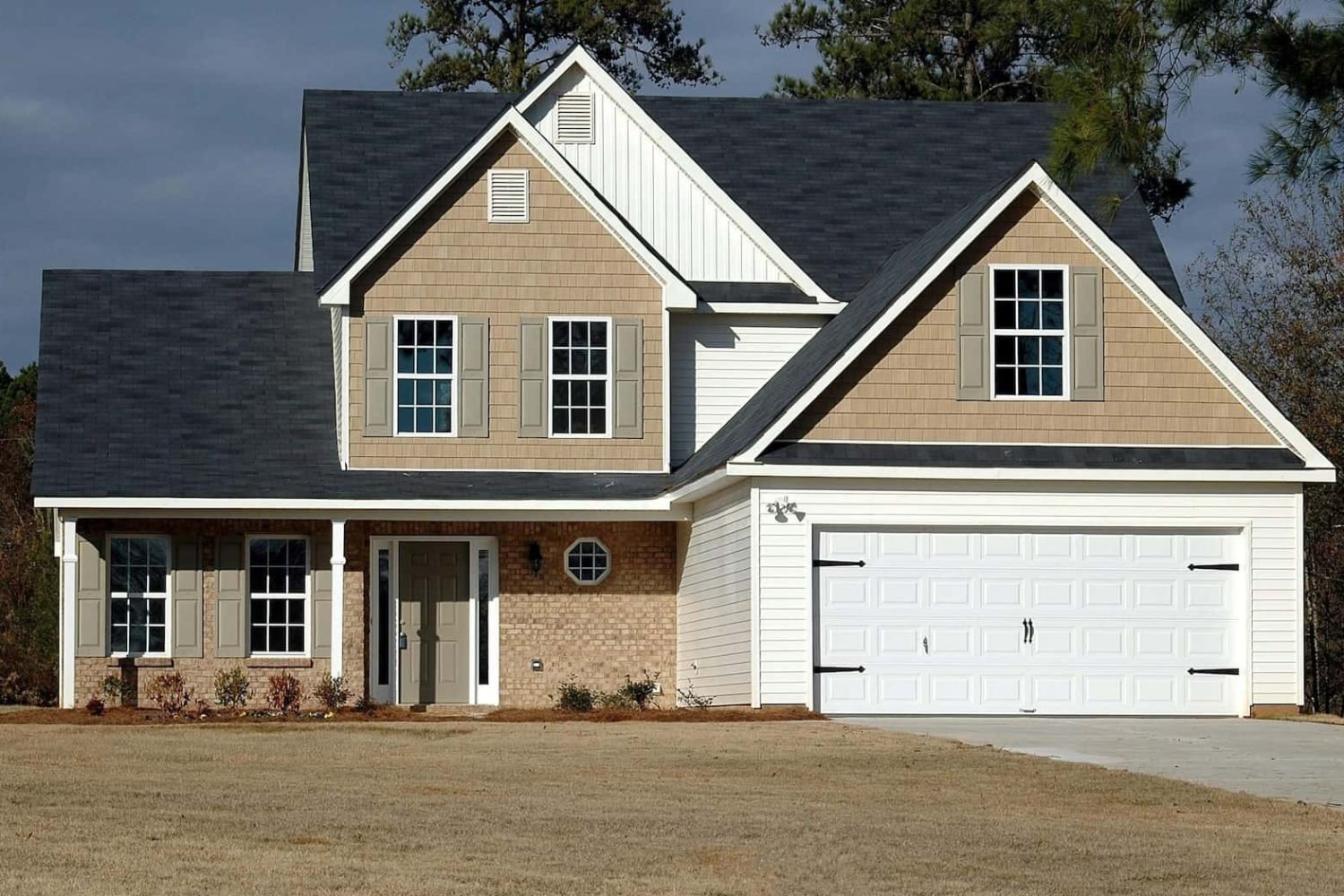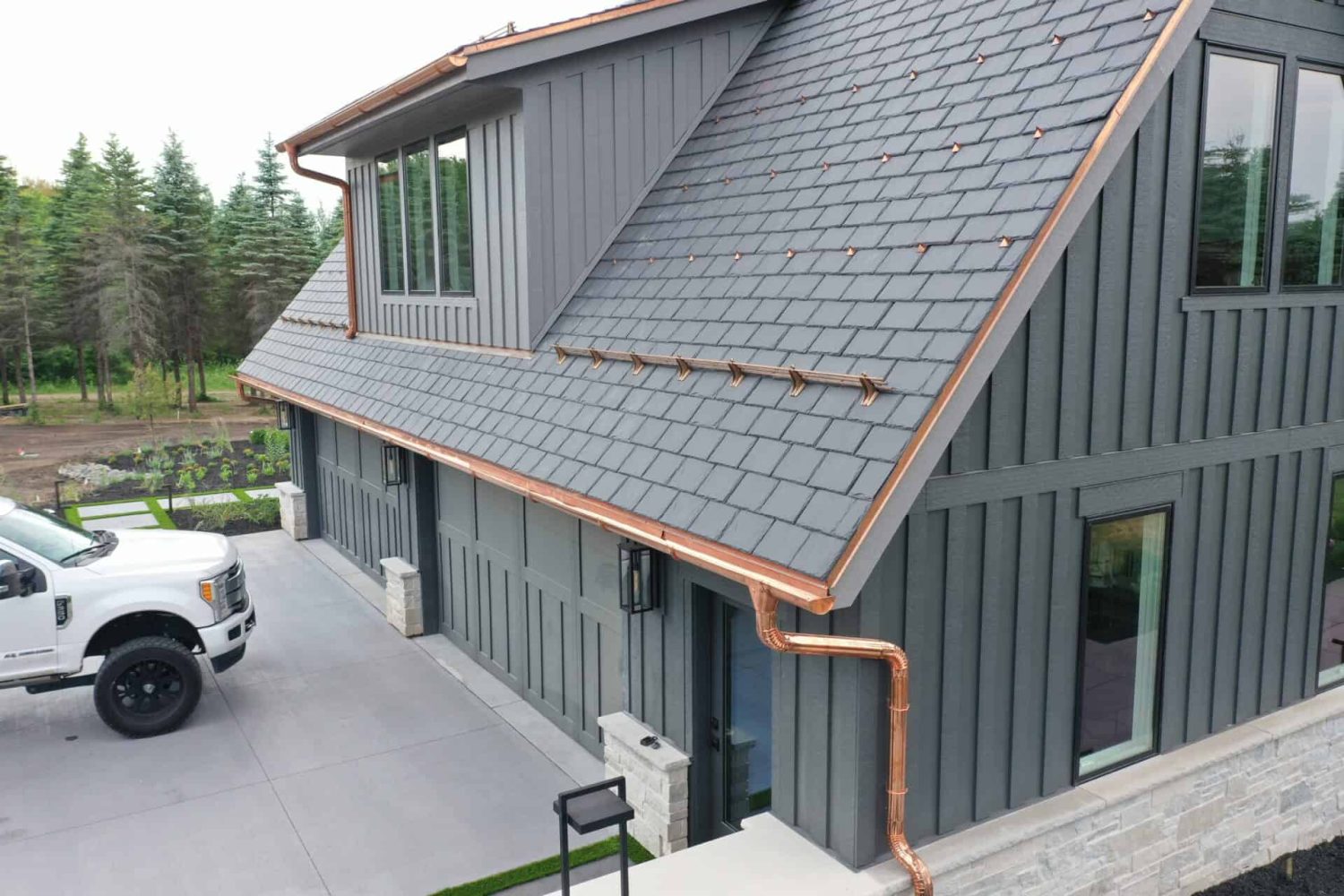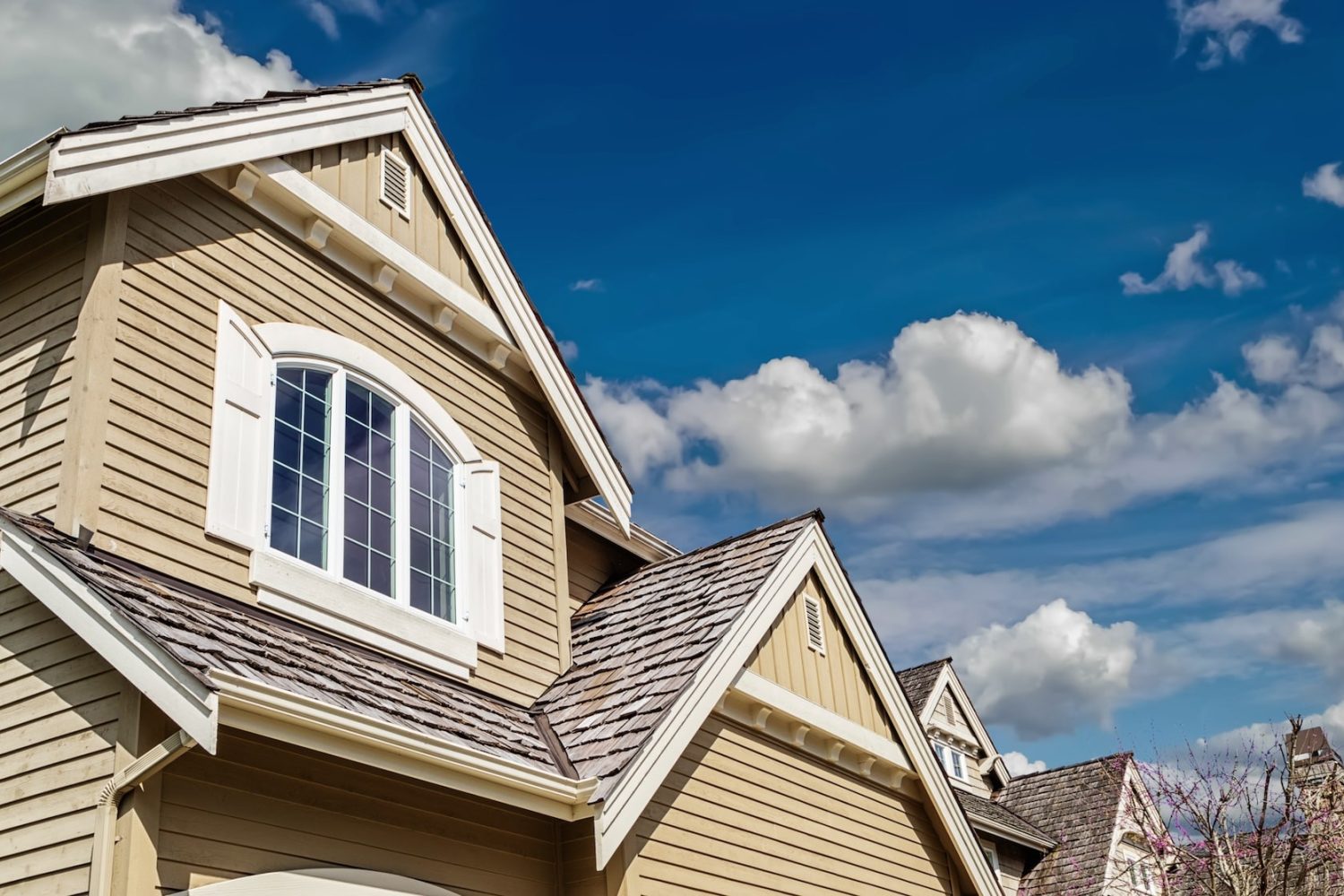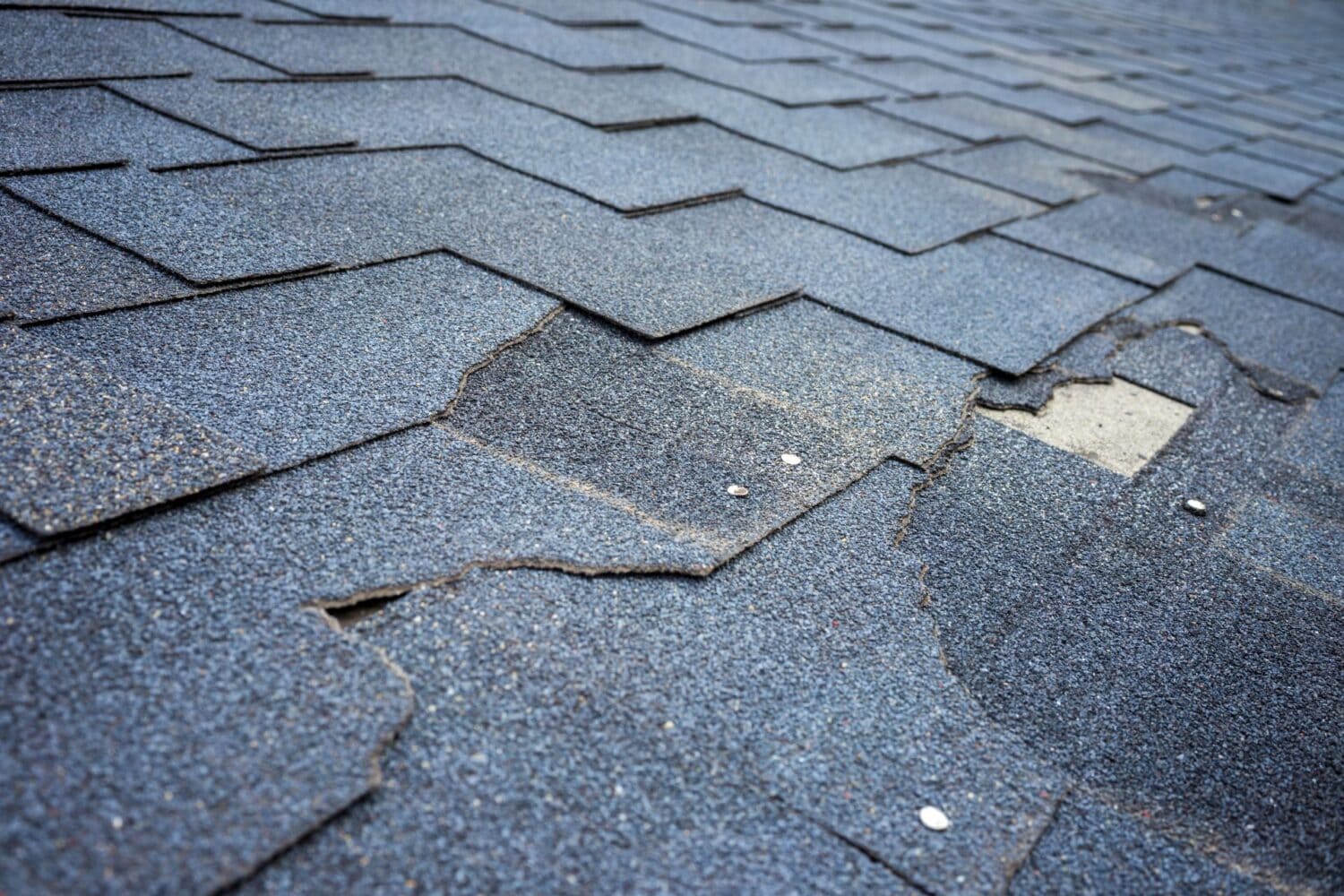A well-ventilated roof can last decades, while poor ventilation can cut that lifespan in half. Learn the science of attic airflow, the best roof vent types for your home, and how Summit Construction Group helps homeowners prevent damage, reduce energy costs, and get the most out of their roofing investment.
Impact Resistant Windows: Protecting Your Home from Severe Weather
Learn how impact resistant windows protect Minnesota homes from hail, wind, and winter storms. Compare laminated vs tempered glass, ratings, energy efficiency, costs, and lifespan.
Maintenance-Free Siding: Options for Busy Homeowners
Tired of constant siding upkeep? Discover low maintenance siding solutions like vinyl, metal, fiber cement, and composite that stand up to harsh weather, reduce long-term costs, and improve curb appeal. Ideal for climates like Minnesota’s, these options offer lasting durability with minimal care.
The Importance of Proper Window Sealing for Energy Efficiency
Sealing your windows properly is one of the smartest ways to lower energy bills, boost comfort, and prevent moisture issues—especially in cold climates like Minnesota. This comprehensive guide walks you through how to detect drafts, apply caulking and weatherstripping, and determine when to DIY or hire a pro.
Smart Roofs & Game-Changing Tech: What’s Reshaping Roofing in Minnesota
Minnesota’s extreme weather makes “smart roofs” a smart upgrade. From solar-integrated shingles and battery storage to drone/thermal AI inspections, cool coatings, and smart de-icing, today’s options cut energy use and reduce ice-dam risk. This guide covers tech choices, incentives, and ROI—and how Summit Construction Group installs systems built for freeze/thaw, hail, and heat.
Siding Repair vs. Replacement: How to Make the Right Decision
Minnesota’s harsh weather puts your home’s siding to the test. From hail and freeze-thaw damage to sun-faded panels, knowing whether to repair or replace can save money and preserve your exterior. This guide covers key signs, local cost estimates, and climate-specific wear patterns to help homeowners make the right choice—plus tips on inspections, warranties, and insurance claims.
Choosing the Right Roof Color: A Guide to Aesthetics and Function
Your roof is both protection and a major design feature for your home, and one of the first things people notice, so choosing the right roof color should balance curb appeal, efficiency, and complement your siding and trim. Sustainable roofing materials, shingle coatings, and building science developments mean homeowners today have even more choices when it comes to a stylish roof that also performs. This guide will look at the ways roof color influences a roof’s performance, share tips on matching roof color to different home styles and design elements, and address other roofing choices and questions that frequently come up for Minnesota homeowners.
Vinyl vs. Fiber Cement Siding: Which is Right for Your Home?
Vinyl and fiber cement siding are two of the most popular choices for homeowners looking to balance durability, aesthetics, and budget. This in-depth comparison breaks down key factors like weather resistance, cost, maintenance, and long-term value—especially for Minnesota’s demanding climate. Find out which siding option is best for your home with insights from Summit Construction Group.
Energy-Efficient Siding Options to Lower Your Utility Bills
Minnesota winters can send heating bills through the roof—but the right siding can change that. Energy-efficient siding acts as a thermal shield, keeping warmth in, cold out, and utility costs down. From insulated vinyl and fiber cement with foam backing to engineered wood, Summit Construction helps homeowners choose siding solutions that combine R-value performance, durability, and curb appeal.
The Economics of Roof Maintenance: How Regular Upkeep Saves You Money
Regular roof maintenance isn’t just smart—it’s cost-effective. Learn how annual inspections and seasonal upkeep prevent expensive repairs, extend your roof’s life, and improve energy efficiency, with tips tailored to both residential and commercial buildings.

